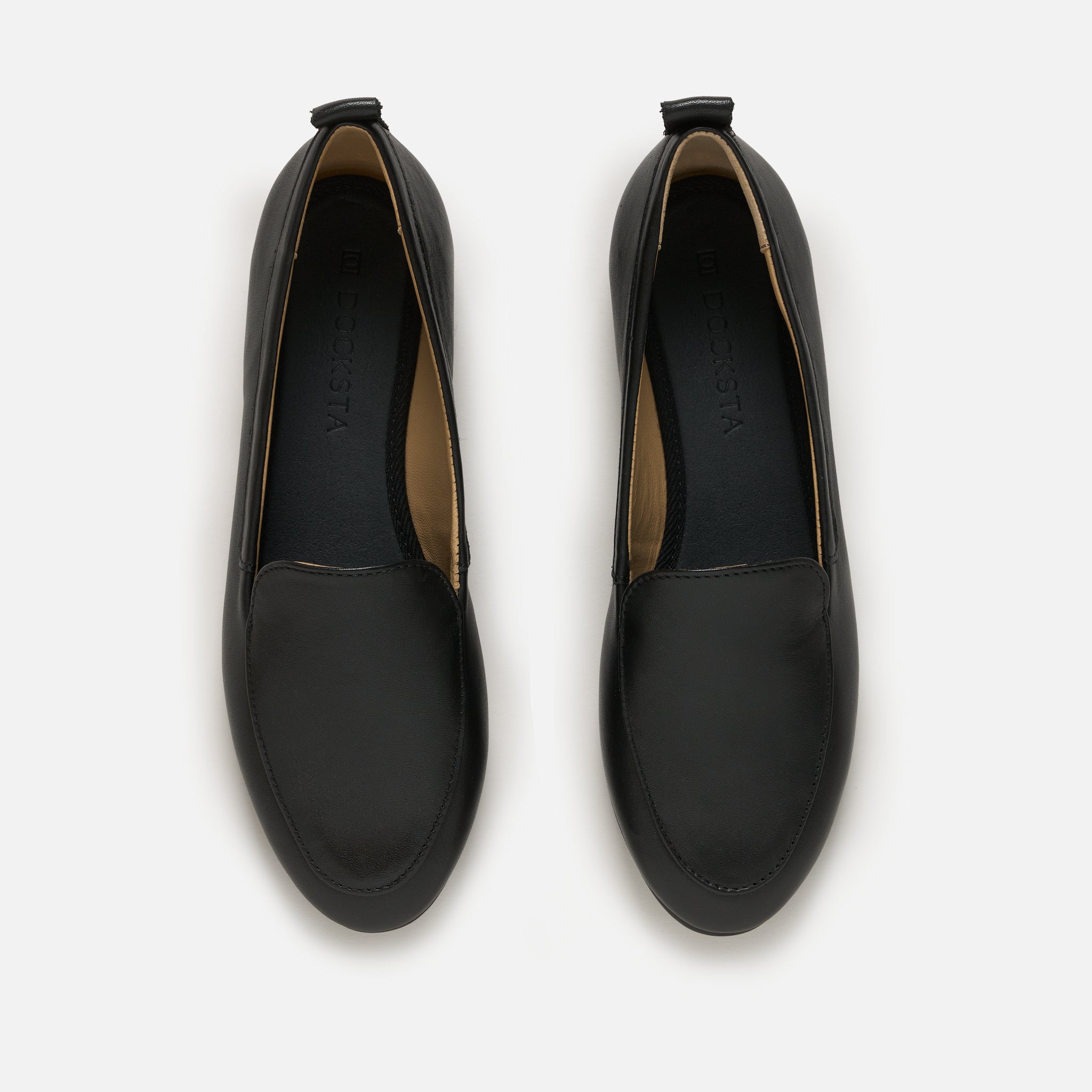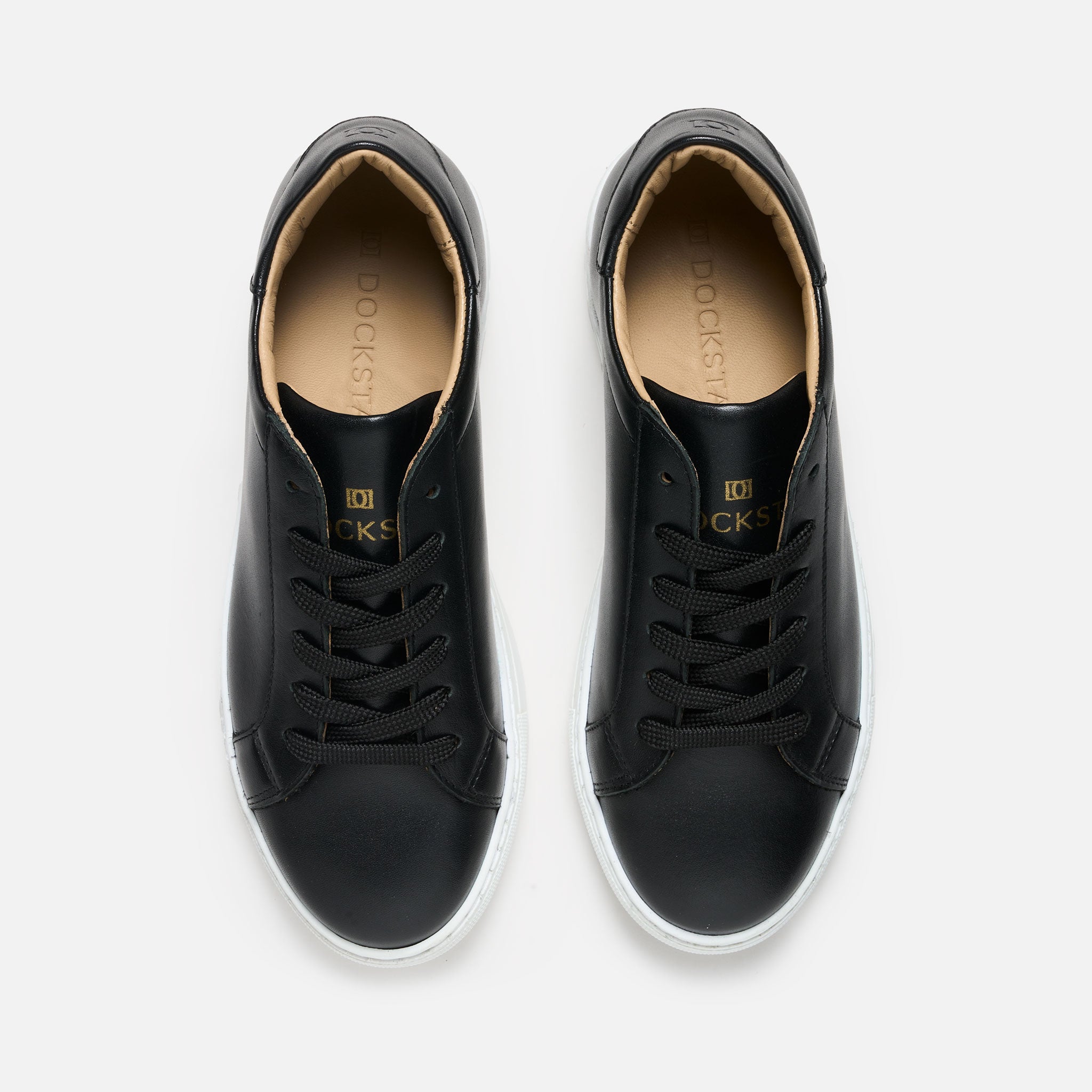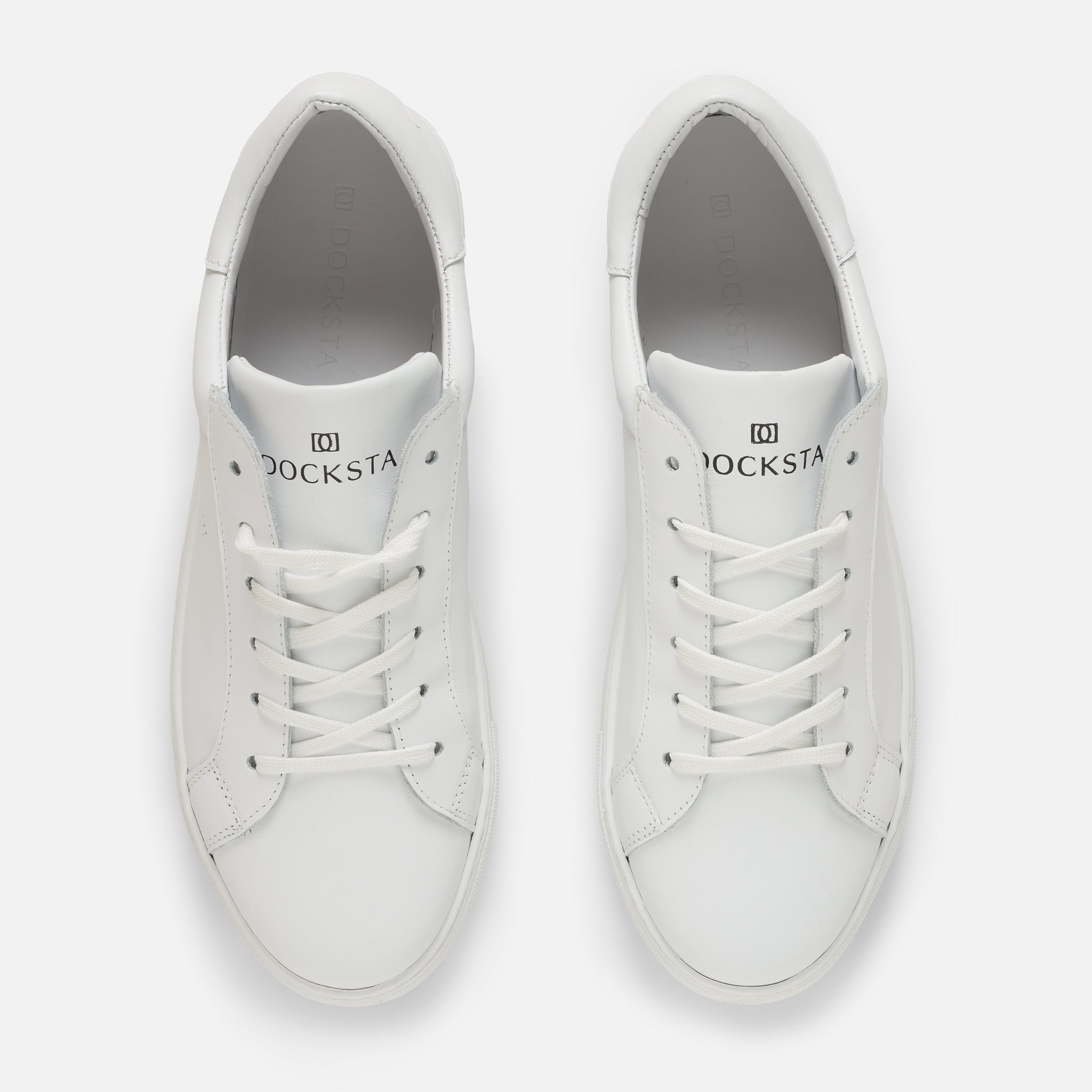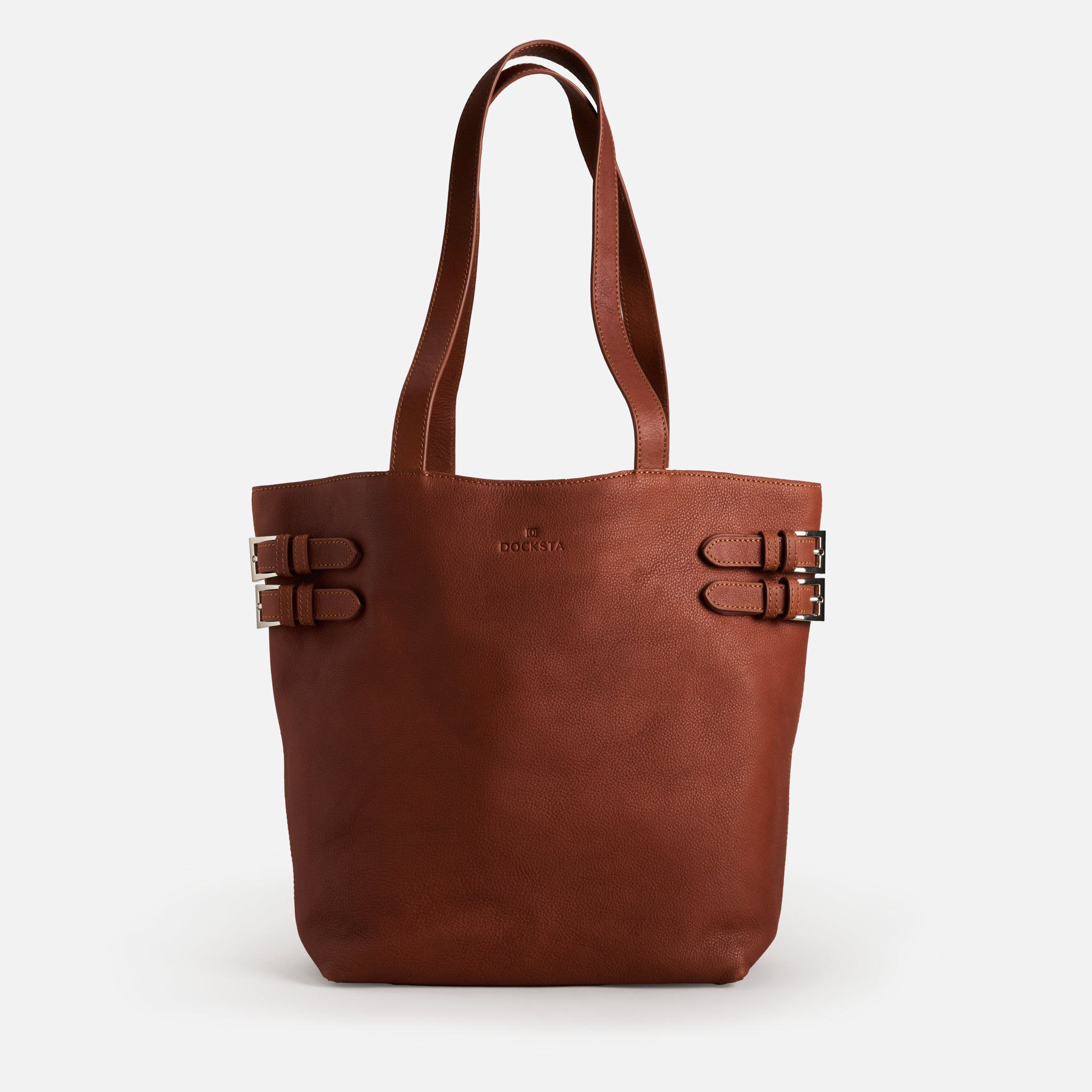Good for both humans and the environment
At Docksta Sko, environmental work is a high priority. Since we own a large part of the production process, we also have the opportunity to make conscious choices, for example around our purchasing and our control of raw materials. Today, we manufacture many shoes in vegetable leather and one of our largest suppliers is located in Tärnsjö outside Uppsala, which gives us both quality leather and relatively short transport times.
What is vegetable leather? The method has been around for thousands of years and in Sweden it was already common in the 19th century. Today, only about 5% of all tanneries in the world use this method, which is both ecological and gives the leather a living surface of the highest quality. The craft is both time- and resource-intensive and the entire process requires three to four weeks and the preparation is done in several steps. However, the result is in a class of its own and over time the leather acquires a patina that is exceptionally beautiful.
Docksta sko works exclusively with leather from cattle and our vegetable-based range often comes from farms near the tannery. Each hide is marked with a code, which makes it possible to trace its origin to the farm and cattle. In Sweden we have very good animal husbandry, which gives fine hides with little damage from insects.
When the hides arrive at the tannery, they are salted and have a rather strong smell. First, the hides are washed to remove dirt and impurities and then rehydrated. The hair is removed using a basic lime mixture. After that, a process called chafing and splitting takes place, which means that the hides are first rough-polished and then split. The structure of the hides consists of an underskin and an upper skin. When splitting, the underskin is removed before the tanning process begins. The underskin is called split leather and is of poorer quality compared to the upper skin, which is called the grain leather and is therefore the part that is tanned.
Tanning means that the skin is preserved to keep it soft and durable. When we use the term vegetable tanned leather, it means that the process has been done using bark instead of chrome. Today, bark from mimosa trees is often used, but there are also other alternatives from the plant kingdom. Tanning takes place in large wooden washtubs where the hides are mixed with water, enzymes and the bark. The difference between hides or skins and leather is the tanning process. When it is completed, the product is called leather instead of skin.
Once the leather is tanned, it is processed in several steps. Stretching means that the leather is stretched and smoothed out from wrinkles and folds, and that the water is squeezed out of the leather. Then it is folded, which means that the leather's dimensions are fine-tuned to get the right thickness, fat content, size, stiffness, color and surface.
Finally, it is time for the leather to dry. They then shrink to about half and therefore need to be smoothed out again, which is called straightening the leather before final drying. Before the leather leaves the tannery, it is inspected and sorted into different qualities and treated to give it a matte or shiny surface.
Docksta sko is proud to have the opportunity to use vegetable tanned leather in our products, which is good for both people and the environment. We are also proud of our customers who choose our products for a better planet.




